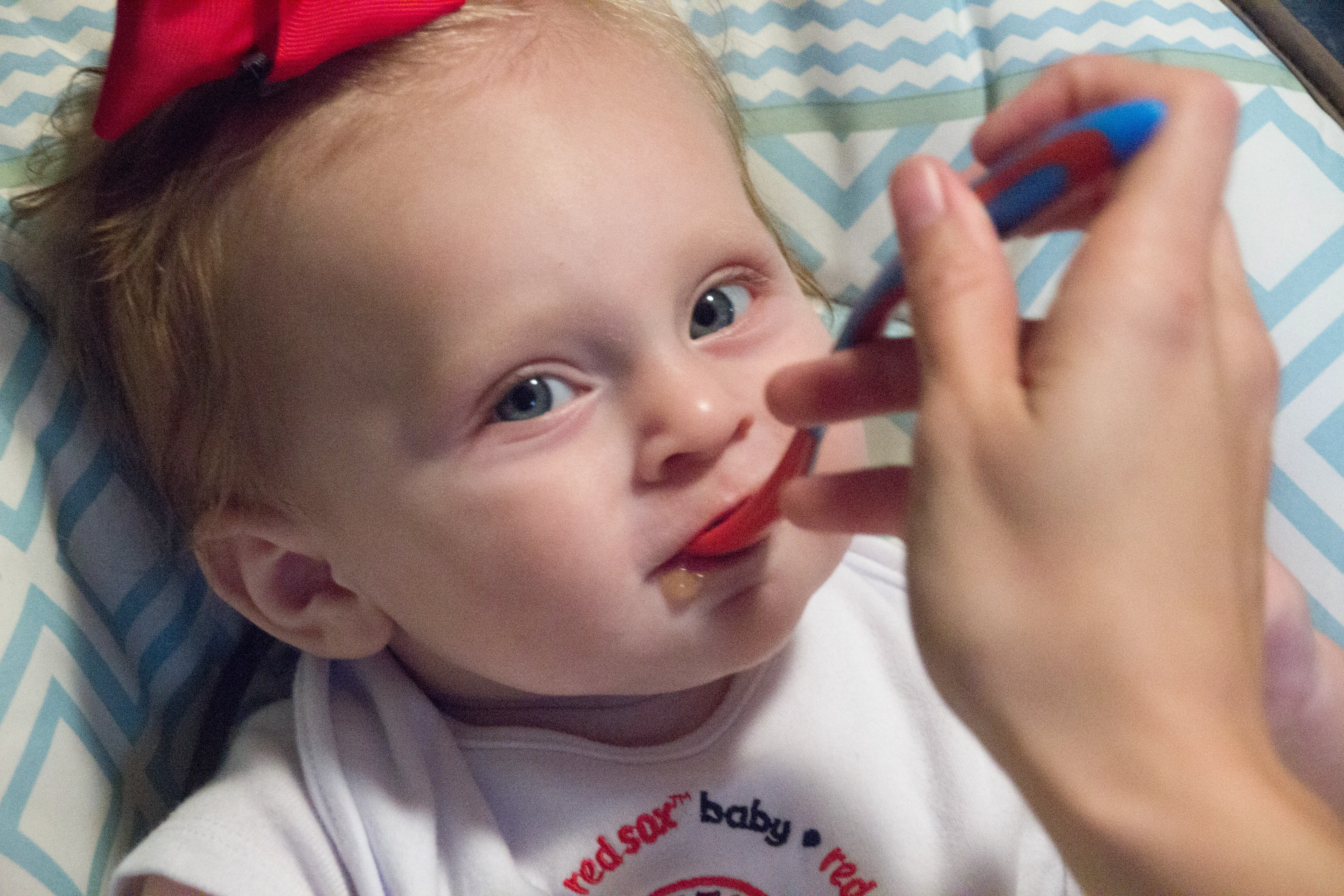When you first get started with a diagnosis of Food Protein Induced Enterocolitis, (FPIES) there are a ton of questions. When we were there at the beginning of this journey several years ago, there weren’t many answers. Since then, there has been more research published that has helped connect some of the dots, and we were also fortunate to find an incredible group of moms with similar kids that helped answer the questions that we had. One of my big questions was how many foods should kids with FPIES react to? What I found was that the amount of foods that a child reacts to can totally vary from child to child.
Most kids with FPIES who present with acute reactions (profuse vomiting and diarrhea) react to a few foods. The average seems to be between 1 and 5 foods, but can be more. Babies and toddlers who have chronic FPIES reactions can react to more foods, depending on the severity of the condition. Some kids have 10-15 triggers they must avoid, while kids with severe cases may go several years with only a few safe foods. For severe cases, there are other conditions that should be ruled out that mimic the symptoms of severe chronic FPIES. Adults can have FPIES as well, and the number of foods that they react to on average is usually less than three trigger foods.
Some kids react more to grains, like rice and oats, while others react to dairy and soy, or proteins like fish, eggs, or chicken. Adults are usually FPIES to egg, fish, or shellfish, but I have heard of adults reacting to chicken, wheat, and other foods. The best way to prevent further reactions to trigger foods in kids is to avoid known triggers for around 18 months until the child is able to outgrow those foods as triggers. Unfortunately, there aren’t any reports of an adult “outgrowing” FPIES, the best option for adults is avoidance of the food and try to improve gut health with diet etc.
How do you know which foods cause reactions?
There isn’t much known about why some foods trigger and FPIES reaction and others don’t. There are some theories that it is related to how old they were when they were exposed to the food (with earlier exposure causing more issues) and there are theories that it has to do with the child’s gut health at the time of first exposure to the food.
There is some preliminary research that suggests there is a correlation between FPIES reactions and mast cell involvement, T cell responses, and neutrophils, but ongoing research will need to be completed before the exact responses that the body creates are understood.
Is it possible to have a child who reacts both ways?
It’s definitely possible to have a child who has both acute and chronic reactions (one of our kids had both types of reactions). Our daughter only reacted to one food with acute reactions, but she had over 50 foods that she reacted to with chronic type reactions. There are also kids who react to foods with vomiting and diarrhea (acute reaction) and as they start to outgrow those triggers they will change and start reacting without vomiting, but with other chronic symptoms like diarrhea, stomach cramping, reflux, and painful gas.
If you’ve made it this far and you are still thrown off by the terms acute and chronic, or you want more details about the differences between the two types of reactions, check out the post I’ve written about acute vs. chronic reactions. There are more detailed descriptions of the two types of reactions, as well as a chart that helps break down the differences.

